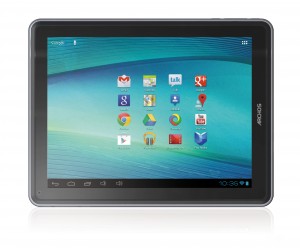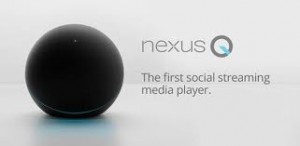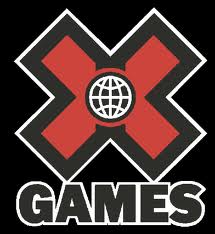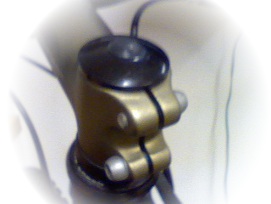The most prestigious motorcycle racing event in the Unites Sates is on the imminent horizon and that means good thing for those in attendance with hearty appetites and a wont to save some money.
The Red Bull U.S. Grand Prix, featuring the MotoGP World Championship, scheduled July 27-29, is the first of the three remaining motorsports events this season at Mazda Raceway Laguna Seca in Monterey, Calif.
With the Corkscrew Passport app, available for free download, on iTunes, several restaurants on the Monterey Peninsula are offering dining discounts during the three events. The new app allows users to make reservations at participating partner restaurants, get directions and post to the Mazda Raceway Laguna Seca fan wall.
“Our fans come from all over the world and are eager to explore the area but want suggestions on where to go,” says Gill Campbell, CEO/general manager of Mazda Raceway Laguna Seca. “The discounts are a bonus. The real value to the fan is its simplicity. It’s all at their fingertips.”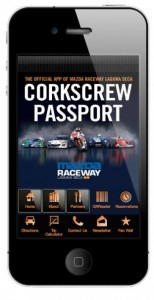
Initial Corkscrew Passport participating partners and their offers:
Anton & Michel (Carmel): 15 percent off entire meal
Cannery Row Brewing Company (Monterey): happy hour pricing anytime
Famous Dave’s (Salinas): free appetizer with purchase
Merlot Bistro! (Carmel): 15 percent off entire meal
Portabella (Carmel): 15 percent off entire meal
Santa Cruz Auto Parts (Santa Cruz): 15 percent off parts, products or services
The Grill on Ocean Avenue (Carmel): 15 percent off entire meal
In addition to the MotoGP World Championship, the benefits of the Corskscrew Passport will be available during the Rolex Monterey Motorsports Reunion (August 17-19) and Continental Tire Sports Car Festival, powered by Mazda (Sept. 7-9).
For more information about Mazda Raceway Laguna Seca or the Corkscrew Passport, visit www.MazdaRaceway.com.
James Raia is a California-based journalist who writes about sports, travel and leisure. Visit his cycling site at tourdefrancelife.com

